If you’re passionate about flowers and love the idea of having a garden that blooms beautifully throughout the year, one of the best tools you can create for yourself is a seasonal flower calendar. Whether you’re a beginner gardener or someone with years of experience, a flower calendar helps you plan ahead so your garden remains alive with color and fragrance every season.
In this guide, we’ll explore what a seasonal flower calendar is, why it’s important, and 10 smart tips to help you build one effectively. By the time you’re done reading, you’ll be ready to design a personalized calendar that ensures your garden is always in bloom.
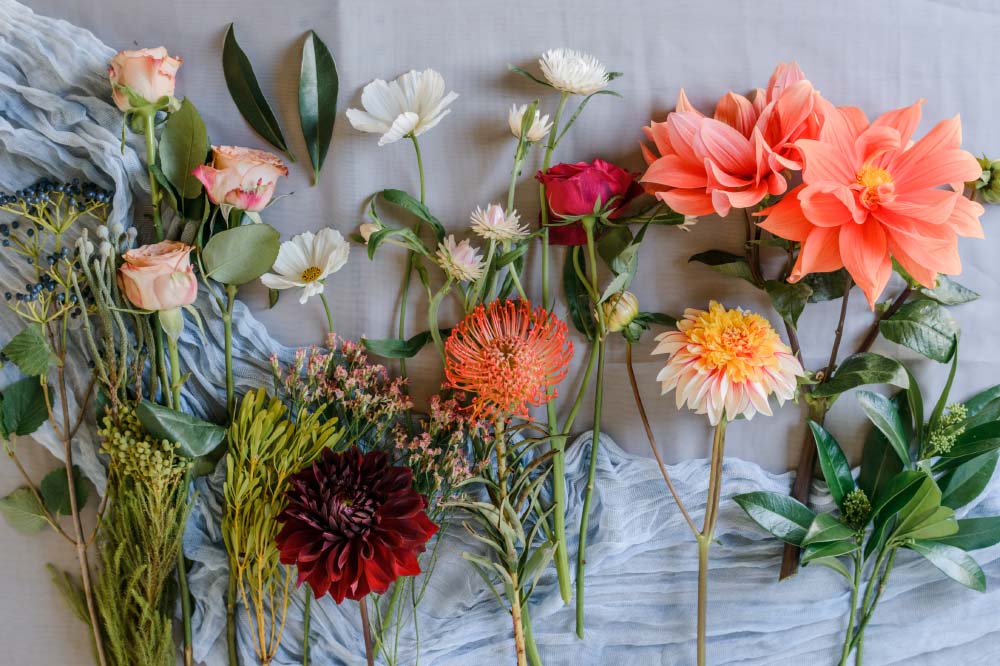
What Is a Seasonal Flower Calendar?
A seasonal flower calendar is a schedule or guide that organizes flower planting, blooming, and maintenance activities according to the seasons. It helps you track which flowers bloom when, when to sow seeds, when to transplant, and when to prune or deadhead flowers.
With a well-planned flower calendar, you can enjoy:
- Continuous blooms throughout the year.
- A better-organized garden with clear planting schedules.
- A space that attracts pollinators like bees and butterflies all year.
- Reduced gardening stress and budget-friendly planning.
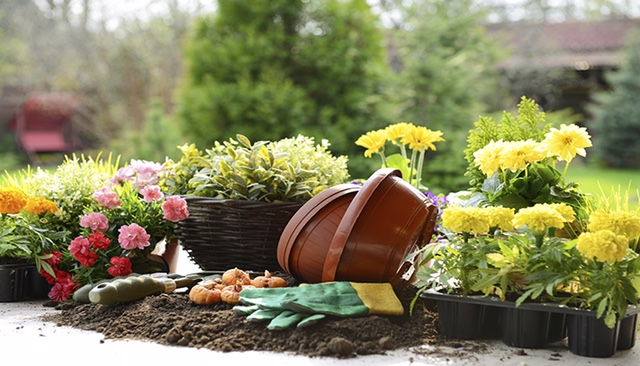
10 Tips to Create a Seasonal Flower Calendar
1. Know Your Climate and Hardiness Zone
Before selecting flowers, it’s essential to understand your local climate and USDA hardiness zone (or the equivalent in your country). These zones help determine which plants can thrive in your region based on the average minimum temperatures.
How to find it:
Look up your hardiness zone online using your ZIP code or region. Once you know your zone, you can research flowers suited to your area for every season.
Bonus tip:
Take note of your area’s first and last frost dates. This information will help you time your seed sowing and transplanting.
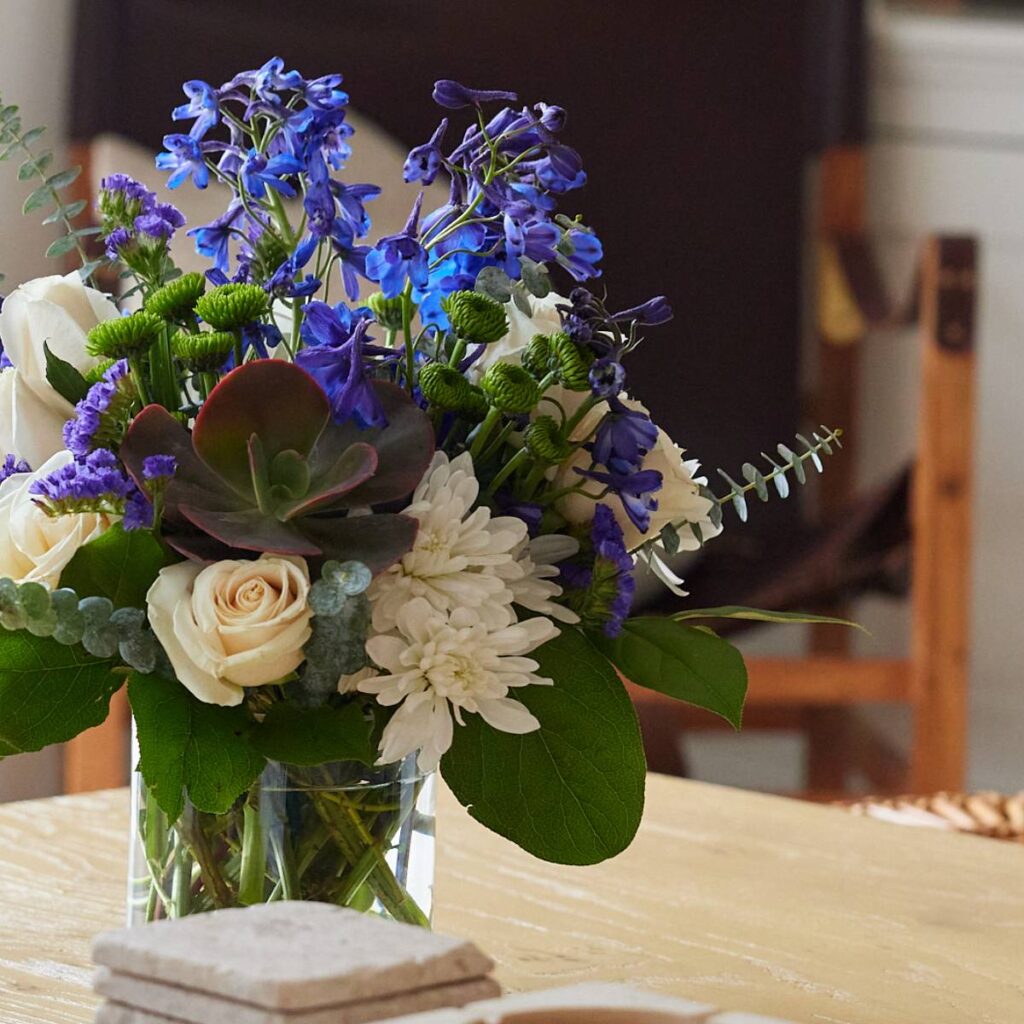
2. List Your Favorite Flowers by Season
Now comes the fun part — choosing flowers! Start by listing flowers you love and then group them by the season in which they naturally bloom.
For example:
- Spring: Daffodils, tulips, hyacinths, pansies
- Summer: Zinnias, sunflowers, marigolds, petunias
- Fall: Asters, chrysanthemums, sedums
- Winter: Camellias, snowdrops, hellebores
Tip:
Include a mix of annuals, perennials, and bulbs to keep your garden dynamic throughout the year.
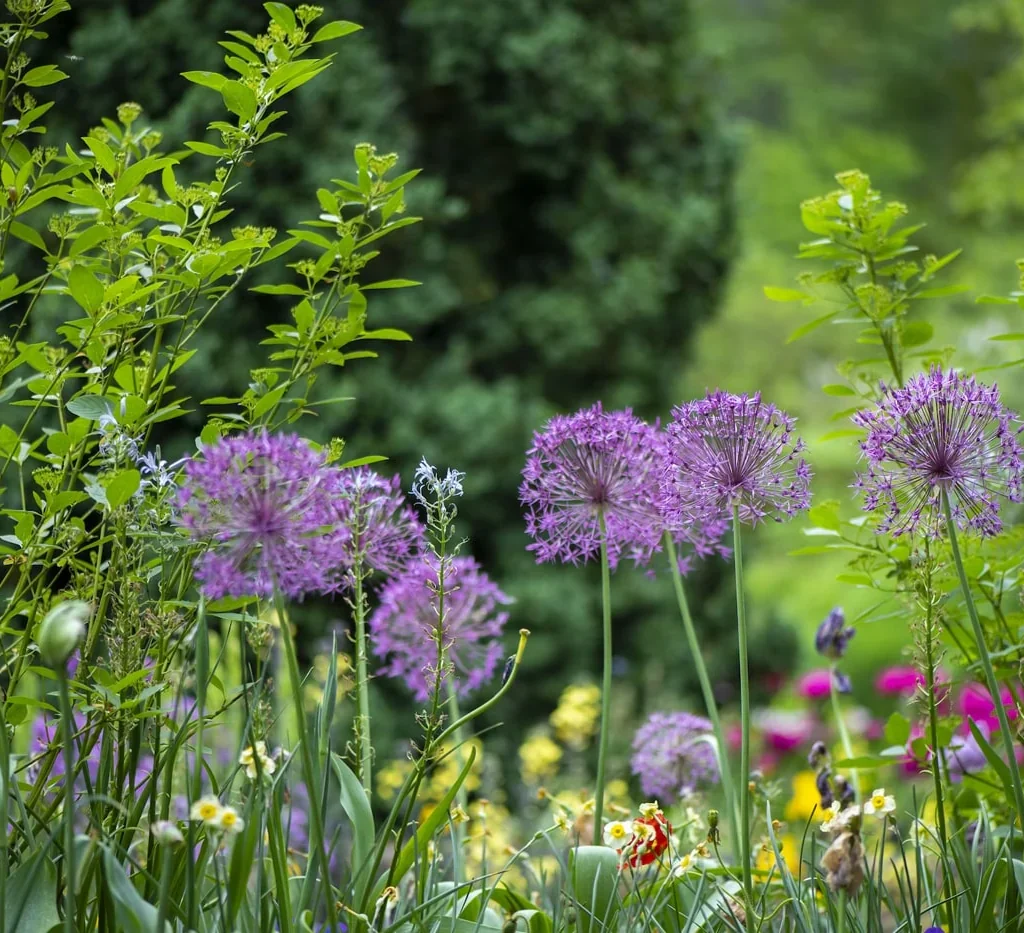
3. Plan Staggered Bloom Times
To maintain continuous color in your garden, choose flowers with staggered bloom times within each season. This ensures that as one type of flower fades, another begins to bloom.
Example for Summer:
- Early summer: Peonies, irises
- Mid-summer: Lilies, daisies
- Late summer: Rudbeckia, sunflowers
Pro tip:
Seed packets and plant labels usually list bloom periods — jot these down for easy reference.

4. Layer Plants by Height, Texture, and Color
A visually stunning garden isn’t just about blooms — it’s also about how those flowers are arranged. While building your flower calendar, think about how different plants will look together.
Consider:
- Plant heights: Place taller plants at the back, medium ones in the middle, and low-growing varieties at the front.
- Colors: Coordinate or contrast colors seasonally — pastels for spring, bright hues for summer, warm tones for fall.
- Textures: Combine bold, delicate, and feathery textures for added visual interest.
Tip:
Sketch a rough layout or use a garden planner app to visualize your combinations.
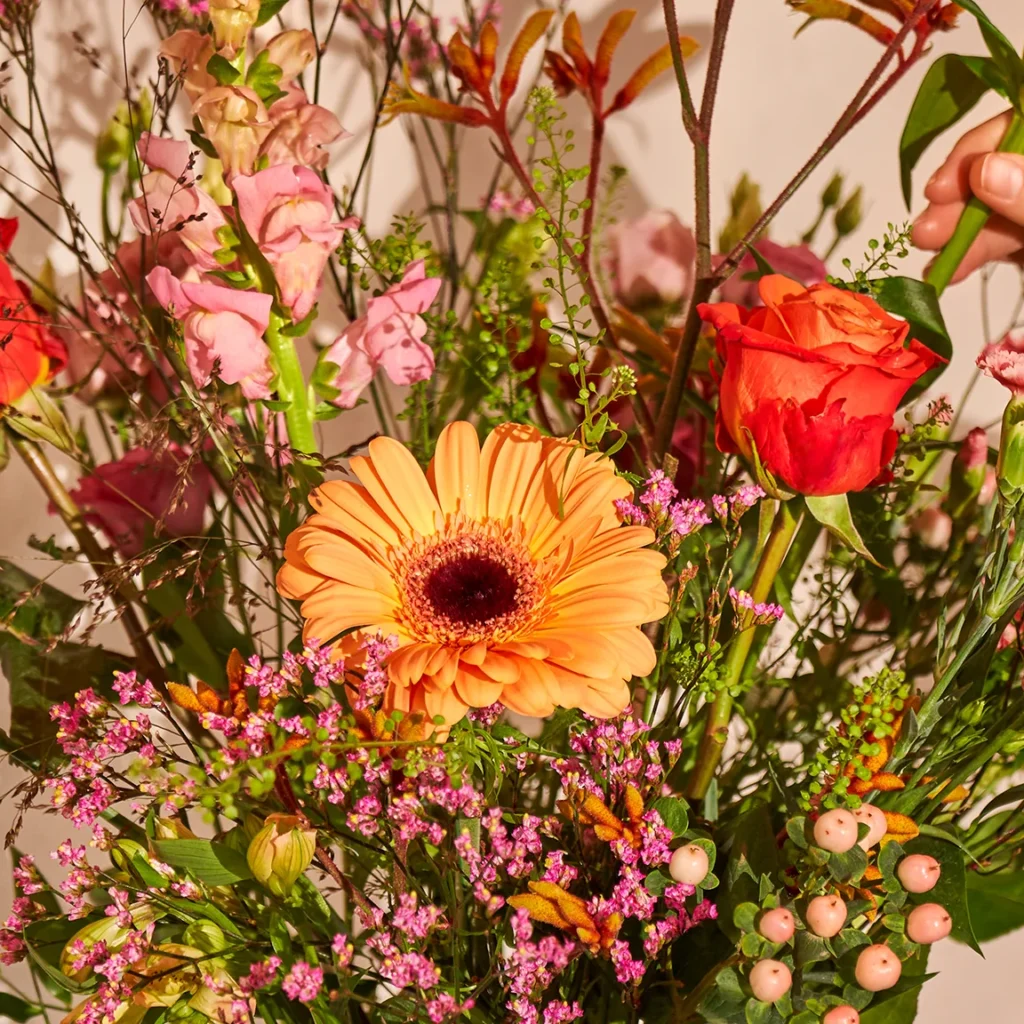
5. Incorporate Evergreen and Winter-Interest Plants
Don’t let your garden fall flat in the colder months. Include evergreen shrubs, ornamental grasses, and winter-blooming flowers in your calendar.
Winter ideas:
- Camellias
- Hellebores
- Snowdrops
- Boxwood and holly for structure
Pro tip:
Also consider plants with interesting seed heads, colorful berries, or attractive bark to add visual appeal in winter.
6. Include Companion Planting in Your Plan
Some flowers thrive better when planted alongside certain others, benefiting each other in terms of pest control, soil enrichment, or pollinator attraction.
Examples:
- Marigolds near roses to deter aphids
- Lavender beside zinnias to attract pollinators
- Nasturtiums with beans to prevent pests
Tip:
Research beneficial flower pairings while designing your calendar for a healthier, more vibrant garden.
7. Schedule Garden Maintenance Tasks
Your flower calendar should also serve as a guide for essential gardening chores. Include tasks like:
- Seed sowing dates
- Transplanting schedules
- Deadheading and pruning times
- Dividing perennials
- Bulb planting in fall for spring blooms
Tip:
Mark these on your digital calendar, planner, or a printable garden chart.
8. Use Digital or Printable Tools
Whether you prefer pen and paper or modern tech, pick a system that helps you stay organized.
Options include:
- Printable monthly garden calendars
- Excel or Google Sheets spreadsheets
- Mobile gardening apps like Planter or Gardenize
- Digital planners or bullet journals
Tip:
Keep your flower calendar accessible, either hanging in your gardening shed or saved on your phone.
9. Track and Review Your Garden’s Progress
Gardening is a learning journey, and your flower calendar should evolve with it. At the end of each year:
- Review what bloomed successfully and what didn’t.
- Note unusual weather events or pest issues.
- Track which flowers were pollinator favorites.
- List new varieties you want to try.
Pro tip:
Take photos of your garden throughout the year to visually document bloom times and layout changes.
10 Don’t Forget Bulbs and Wildflowers
Bulbs and wildflowers offer some of the easiest ways to add seasonal blooms with minimal effort.
Bulbs to plant in fall for spring blooms:
- Daffodils
- Tulips
- Crocuses
- Hyacinths
Summer bulbs:
- Dahlias
- Gladiolus
- Lilies
Wildflower mixes:
Sow in early spring or fall for natural, pollinator-friendly blooms that return each year.
Tip:
Add bulb planting and wildflower sowing times to your flower calendar to avoid missing their planting windows.
Final Thoughts: Craft Your Own Year-Round Blooming Garden
A seasonal flower calendar is more than a gardening tool — it’s your blueprint for a colorful, thriving, and ever-changing outdoor space. By thoughtfully planning flowers by bloom times, heights, colors, and maintenance needs, you’ll enjoy a garden that’s not just beautiful, but also easy to manage.
Whether you’re growing a few containers on your balcony or tending to a full backyard garden, a flower calendar brings order, creativity, and consistent beauty to your space.
So grab your notepad, open that spreadsheet, or download your favorite garden planner app — and start crafting your personalized flower calendar today.





